The allure of exotic mini mammals as pets has grown significantly in recent years, with more people seeking unique animal companions that differ from traditional cats and dogs. These pint-sized creatures offer the charm of wildlife in manageable, apartment-friendly packages, often requiring less space than conventional pets. However, the exotic pet trade presents complex ethical considerations, legal challenges, and specialized care requirements that potential owners must navigate carefully. From pocket-sized marsupials to diminutive rodents, these animals present a fascinating intersection of wild nature and domestic companionship that continues to captivate animal enthusiasts worldwide.
Hedgehogs: Spiky Bundles of Personality
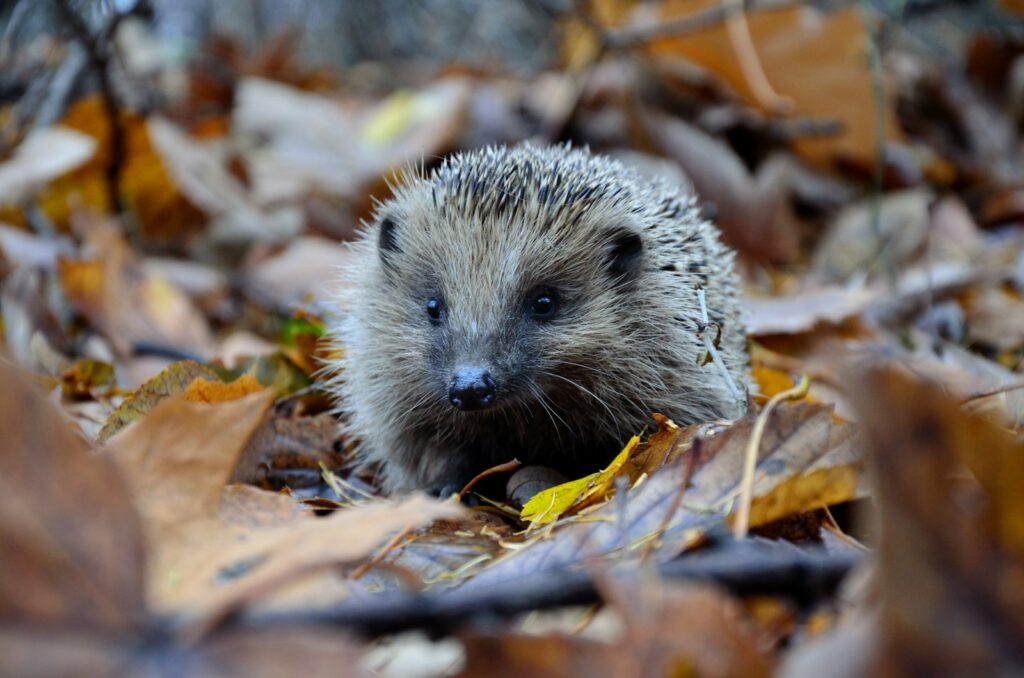
African Pygmy Hedgehogs have become increasingly popular exotic pets, charming owners with their unique combination of prickly exterior and gentle disposition. These nocturnal insectivores typically weigh between 250-550 grams and can live 4-7 years in captivity with proper care. Their distinctive defensive behavior of rolling into a tight ball when frightened, accompanied by huffing sounds, adds to their appeal as unusual but endearing companions. While relatively low-maintenance compared to some exotic mammals, hedgehogs require specific temperature conditions (between 72-80°F), specialized diets, and legal consideration, as they remain prohibited in several states including California, Georgia, and Pennsylvania.
Sugar Gliders: The Pocket-Sized Marsupials
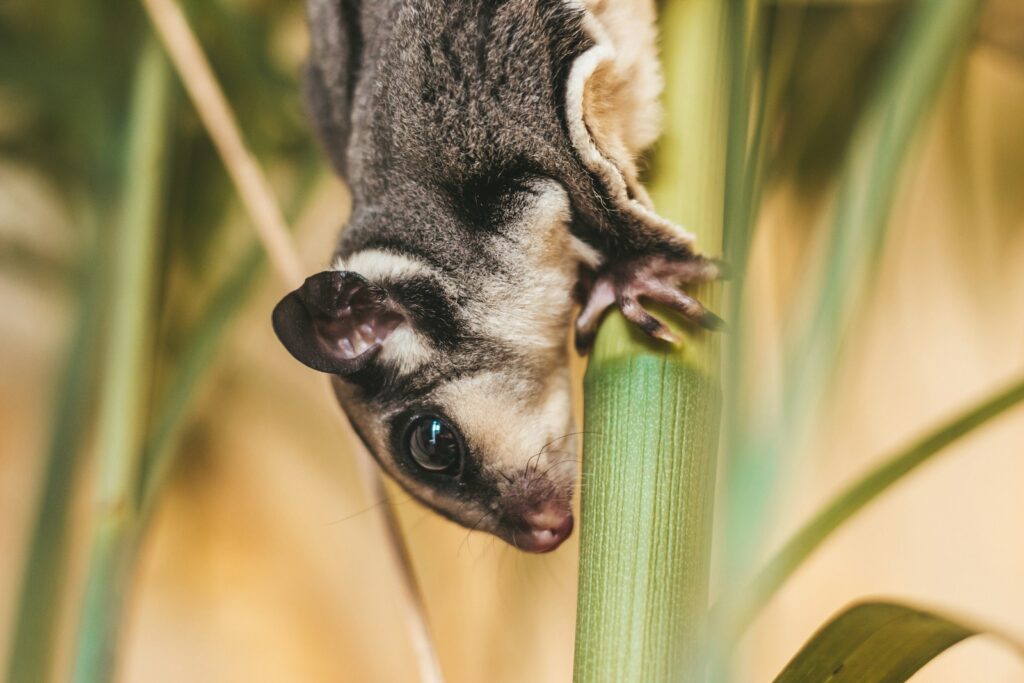
Sugar gliders have captured the exotic pet market with their distinctive gliding membrane (patagium) that stretches between their front and back legs, allowing them to soar up to 150 feet in the wild. Native to Australia and parts of Indonesia, these nocturnal marsupials form intense social bonds, making it essential to keep them in pairs or small groups to prevent depression and behavioral problems. Their complex dietary needs include a specialized mix of protein, fruits, nectar, and calcium supplements—nutritional deficiencies can quickly lead to serious health issues including metabolic bone disease. With lifespans of 10-15 years, sugar gliders represent a significant long-term commitment, requiring ample socialization time, large enclosures with climbing opportunities, and owners willing to accommodate their naturally active nighttime schedule.
Fennec Foxes: Desert-Adapted Canids
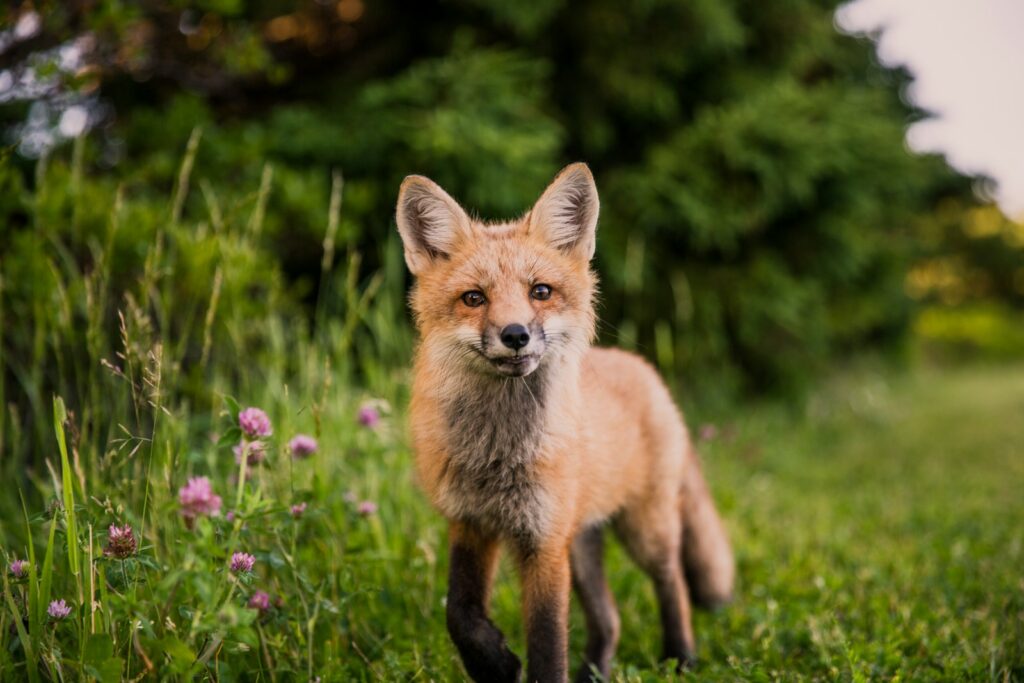
The fennec fox, distinguished by its extraordinarily large ears that can reach up to six inches in length, stands as one of the most sought-after exotic canid species in the pet trade. Native to the Sahara Desert, these diminutive foxes typically weigh just 2-3 pounds and have adapted to extreme desert conditions, which presents unique challenges for domestic care. Their high energy levels necessitate substantial daily exercise and mental stimulation, while their natural digging behavior requires specialized containment considerations to prevent escape. Nutritionally, fennec foxes require a carefully balanced diet of protein, vegetables, and commercial fox food, with owners needing to avoid foods toxic to canids. Legal ownership varies dramatically by location, with some states permitting ownership with proper permits while others ban these foxes entirely as wild animals.
Short-Tailed Opossums: The Manageable Marsupials
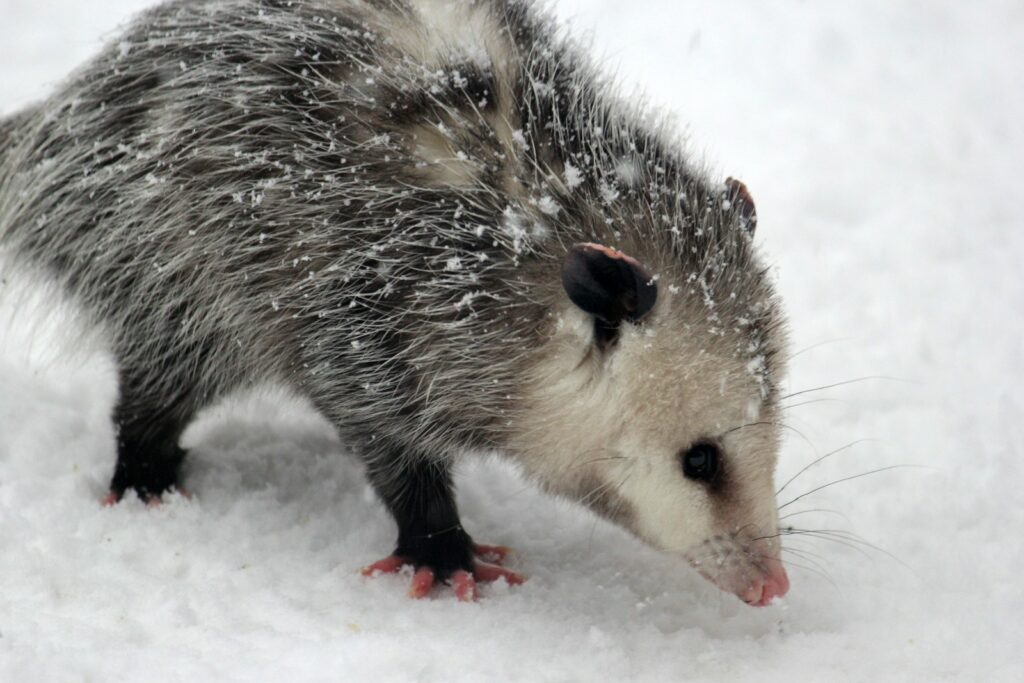
Short-tailed opossums offer exotic pet enthusiasts a relatively low-maintenance marsupial option, particularly compared to their larger and more demanding cousins. Native to South America, these solitary creatures typically weigh between 80-155 grams and possess prehensile tails that aid in climbing, though shorter than those of other opossum species. Unlike many exotic pets, short-tailed opossums generally adapt well to handling when socialized young, developing bonds with their caretakers while maintaining their independent nature. Their omnivorous diet consists of insects, small amounts of fruits and vegetables, and specialized commercial foods, with proper nutrition being crucial to prevent obesity, a common health concern in captivity. With lifespans of 2-4 years and modest space requirements, they represent one of the more accessible exotic mammals for beginners, though they still require specialized knowledge and commitment.
Pygmy Jerboa: The Miniature Desert Hoppers
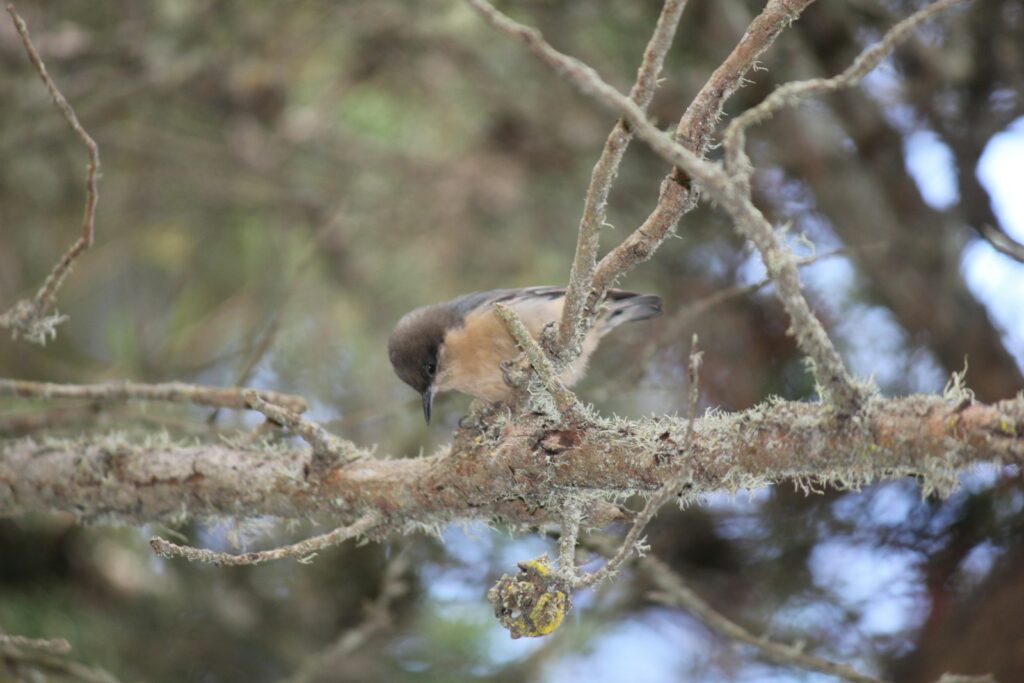
The pygmy jerboa holds the distinction of being among the smallest rodents in the world, with most species weighing a mere 3-9 grams—comparable to a stack of paper clips. These remarkable desert dwellers possess disproportionately long hind legs and tails that enable them to perform kangaroo-like hops at impressive speeds, capable of jumping distances up to 10 feet when evading predators. Their specialized physiology, adapted for extreme desert environments of Asia and North Africa, presents significant husbandry challenges for private owners, including precise temperature and humidity requirements and specialized diets centered around seeds, insects, and plant matter. While their diminutive size and unique appearance make them appealing to exotic pet enthusiasts, their specialized needs, fragility, and nocturnal nature make them suitable only for the most dedicated and experienced owners, with many experts questioning whether they can thrive in captivity at all.
Degus: The Social Rodents
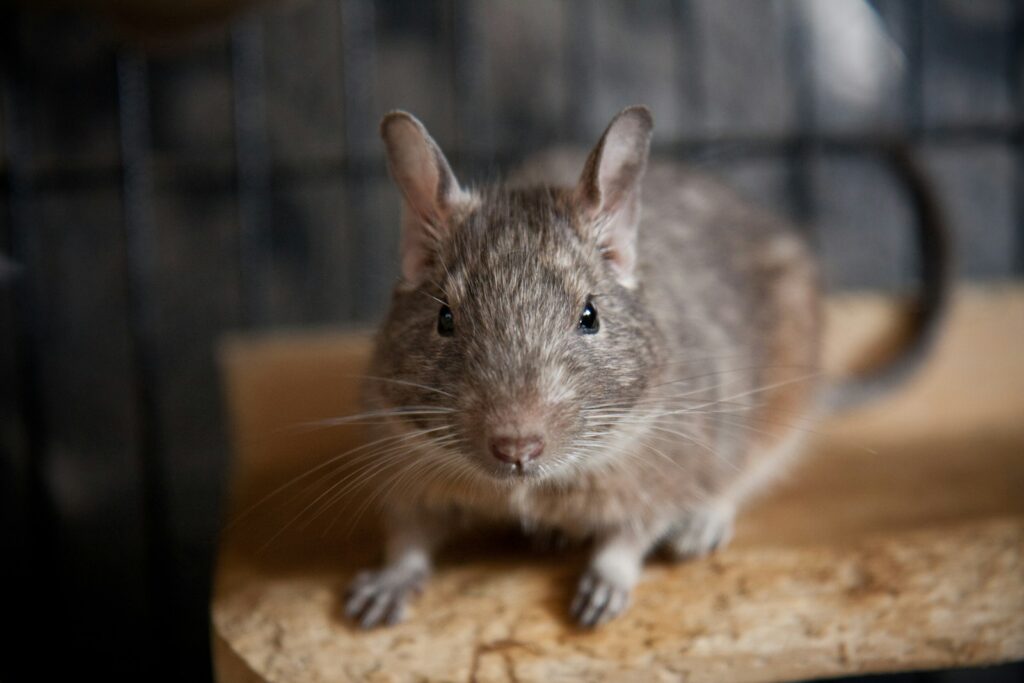
Degus have gained popularity as exotic pets due to their highly social nature and diurnal habits, making them more interactive companions than many nocturnal small mammals. Native to Chile, these rodents form complex social hierarchies and vocalize extensively with a range of chirps, warbles, and chatters to communicate with their colony members. Their intelligence rivals that of rats, allowing them to learn simple tricks, navigate complex environments, and recognize their owners—a trait that makes them particularly engaging pets. Nutritionally, degus require a specialized diet low in sugar as they’re prone to diabetes; their natural diet consists primarily of grasses, seeds, and occasional insects, which must be carefully replicated in captivity. With proper care including large, multi-level enclosures, dust baths, and same-species companionship, degus can live 6-8 years, forming lasting bonds with their caretakers.
Flying Squirrels: Gliding Companions

Northern and Southern Flying Squirrels have established themselves in the exotic pet trade as captivating alternatives to sugar gliders, offering similar gliding capabilities but with care requirements closer to conventional rodents. These nocturnal creatures possess a furry membrane called a patagium extending from wrist to ankle, allowing them to glide distances up to 150 feet in their natural forest habitats. When kept as pets, flying squirrels form profound bonds with their human caretakers, often developing the habit of sleeping in pockets or special pouches during daylight hours. Their dietary needs include nuts, seeds, fruits, vegetables, and protein sources like mealworms or specialized commercial foods formulated for their unique nutritional profile. Social by nature, flying squirrels typically thrive best when kept in pairs, requiring tall enclosures with ample climbing opportunities, nest boxes, and regular out-of-cage socialization to satisfy their natural behaviors and emotional needs.
Kinkajous: Rainforest Honey Bears
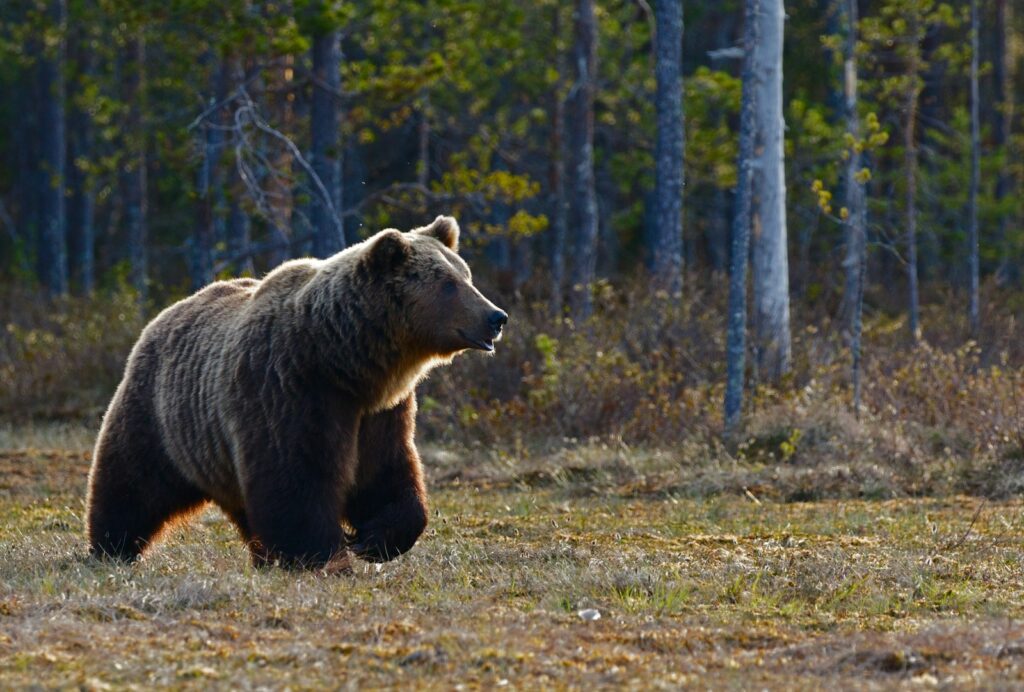
Kinkajous, sometimes called “honey bears” for their fondness for nectar and honey, represent one of the larger exotic mammals on our list, typically weighing between 3-10 pounds with lifespans of 20-25 years in captivity. Native to Central and South American rainforests, these arboreal mammals possess prehensile tails nearly as long as their bodies, allowing them remarkable agility as they navigate their enclosures. While generally docile when properly socialized, kinkajous require significant commitment to their specialized care, including large, tall enclosures with complex climbing structures, temperature control between 75-85°F, and humidity levels mimicking their tropical habitat. Their omnivorous diet in captivity consists of fruits, vegetables, insects, small amounts of protein, and specialized commercial foods, with particular attention needed to prevent obesity, a common health concern. Legal ownership varies significantly by location, with many jurisdictions requiring specialized permits or prohibiting them entirely, making proper research into local regulations essential before considering these exotic companions.
Dormice: The Hibernating Miniatures
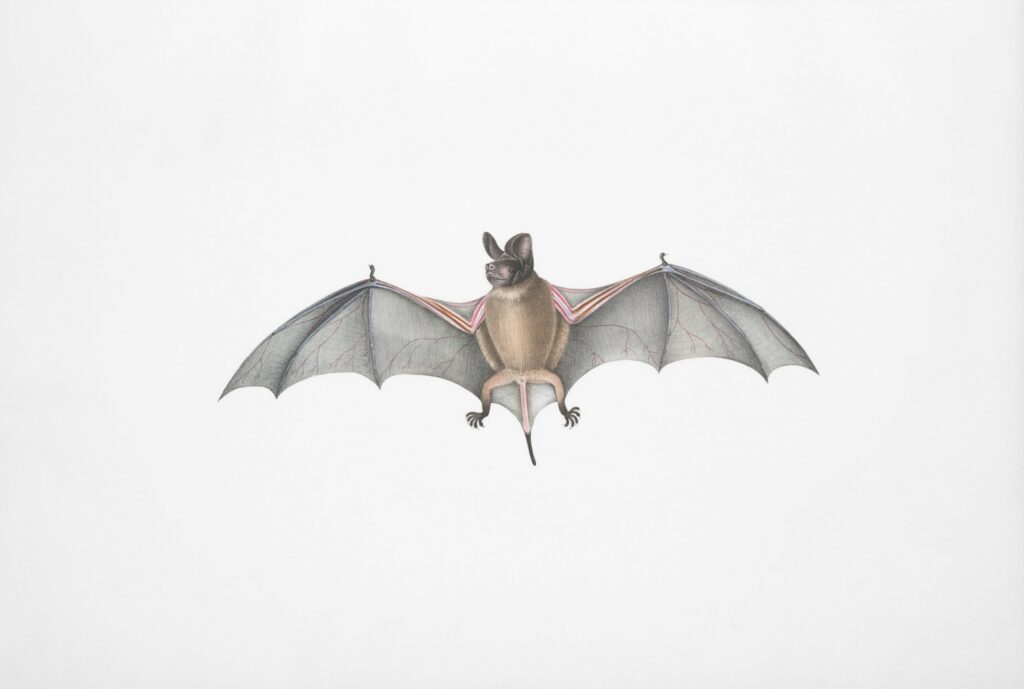
Dormice, particularly the African Dormouse (Graphiurus murinus), have carved out a niche in the exotic pet hobby due to their diminutive size and distinctive appearance featuring large eyes and ears proportional to their tiny bodies. These nocturnal rodents typically weigh between 15-30 grams and can live 5-6 years with proper care, though their tendency to hibernate during colder months presents unique husbandry challenges for owners. Their natural climbing abilities necessitate tall, escape-proof enclosures with numerous branches, hiding spots, and exercise wheels to fulfill their behavioral needs. Nutritionally, dormice require a varied diet of nuts, seeds, fruits, vegetables, and insects, with obesity prevention being a primary health concern in captivity. While their small size might suggest simplicity in care, dormice demand specialized knowledge, including understanding their hibernation patterns, temperature requirements, and the fact that many species remain challenging to breed in captivity, limiting sustainable availability in the pet trade.
Tenrecs: The Primitive Insectivores
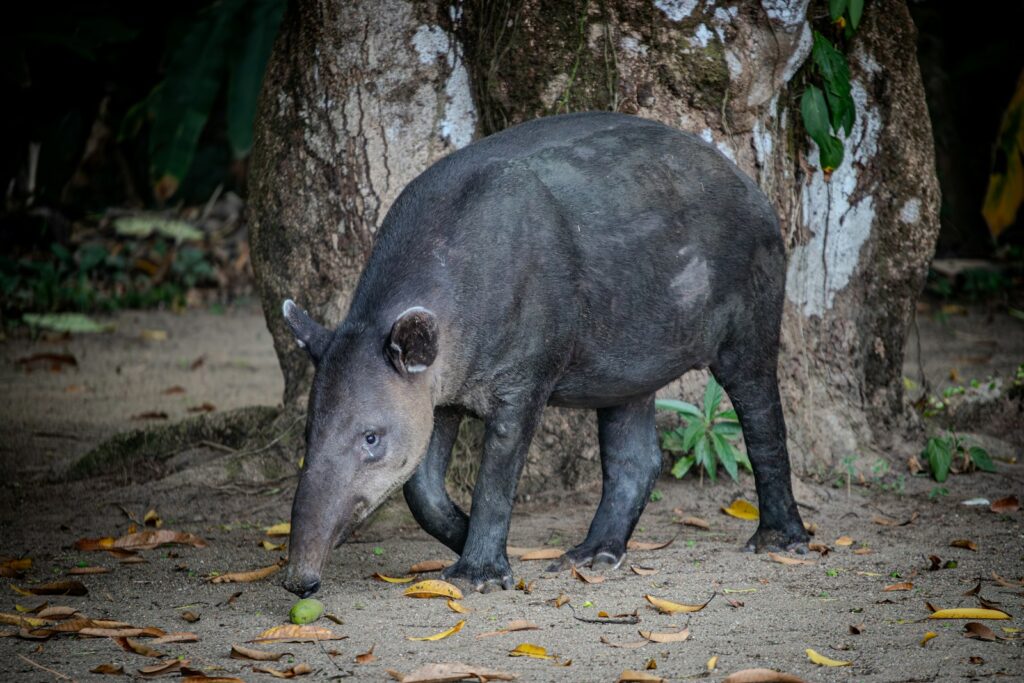
Tenrecs represent one of the more unusual exotic mammals available in the pet trade, often drawing comparison to hedgehogs but actually being more closely related to elephants and manatees in the superorder Afrotheria. Native to Madagascar and parts of mainland Africa, the lesser hedgehog tenrec (Echinops telfairi) has become the most common species kept as pets, characterized by their spiny coats, pointed snouts, and remarkably low body temperatures that can fluctuate with their environment. These primitive mammals possess unique adaptations including the ability to enter torpor (a state of decreased physiological activity) during food scarcity or unfavorable conditions, requiring owners to understand and accommodate these natural hibernation-like periods. Tenrecs demand specialized diets rich in insect protein, including crickets, mealworms, and other invertebrates supplemented with small amounts of fruits and vegetables, with obesity prevention being crucial to their health. While generally less interactive than some exotic pets, their unique evolutionary characteristics and relatively simple housing requirements have made them increasingly popular among enthusiasts seeking unusual mammalian companions.
Ethical Considerations and Responsible Ownership
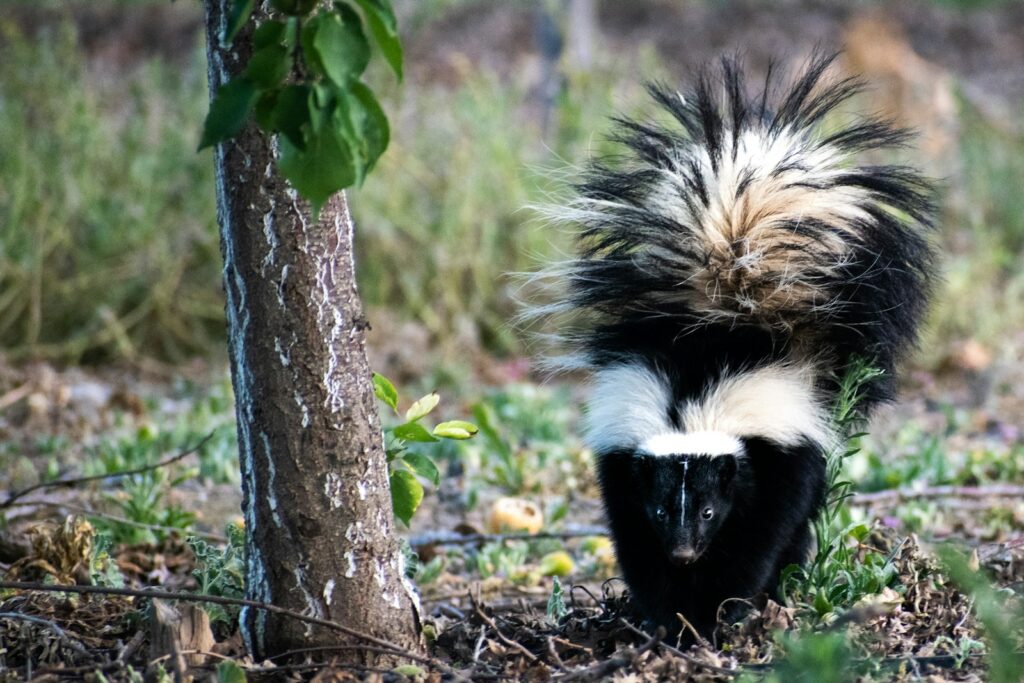
The exotic mini mammal trade presents significant ethical considerations that prospective owners must carefully weigh before bringing these animals into their homes. Many species entering the pet market are wild-caught rather than captive-bred, contributing to habitat destruction, population declines, and the suffering of individual animals during capture and transport. Even captive-bred specimens often retain wild instincts and specialized needs that domestic settings struggle to fulfill, leading to physical and psychological distress despite owners’ best intentions. Responsible ownership necessitates extensive research into the species’ natural history, behavioral requirements, and specialized care needs, including locating exotic veterinarians prepared to treat these uncommon animals. Potential owners should thoroughly investigate the origin of any animal they consider purchasing, prioritizing captive-bred specimens from reputable breeders who demonstrate ethical breeding practices and genuine concern for animal welfare. The commitment to exotic pet ownership extends beyond the animal itself to broader conservation implications and the message conveyed by participating in this controversial marketplace.
Legal Regulations and Permit Requirements
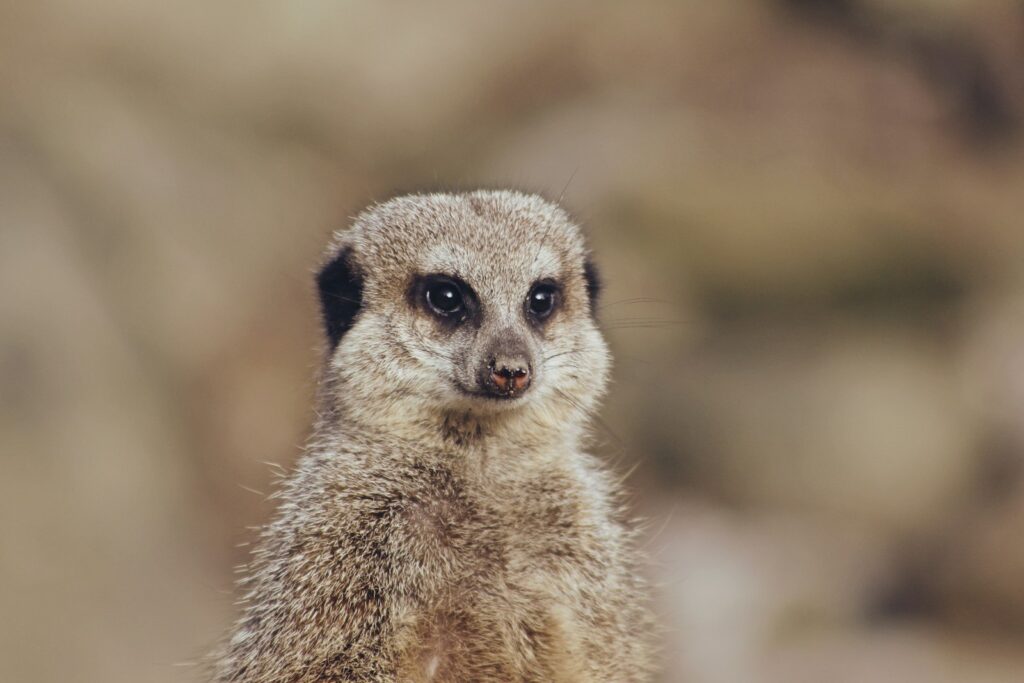
The legal landscape surrounding exotic mini mammals varies dramatically across jurisdictions, creating a complex patchwork of regulations that potential owners must navigate carefully. Federal regulations in the United States, including the Lacey Act and Endangered Species Act, restrict ownership of certain species, while state and local laws may impose additional prohibitions or require specialized permits that can involve home inspections, proof of experience, and annual fees. Some municipalities ban exotic mammals entirely regardless of state permissions, making it essential to research not just state but county and city ordinances before pursuing ownership. Import regulations further complicate the legal picture, with many countries requiring health certificates, quarantine periods, and proof of legal acquisition for internationally sourced animals. Responsible prospective owners should consult with local wildlife authorities and legal professionals specializing in exotic animal law to ensure complete compliance, as penalties for illegal ownership can include substantial fines, animal confiscation, and in severe cases, criminal charges that may involve imprisonment.
Finding Specialized Veterinary Care
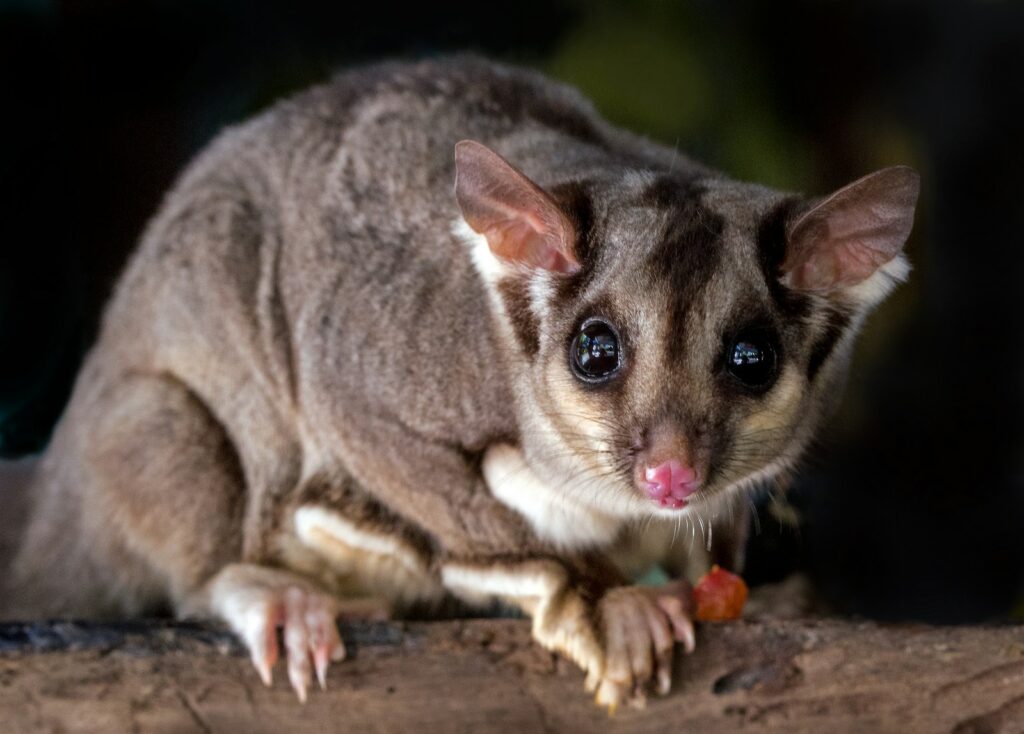
Access to specialized veterinary care represents one of the most significant challenges for exotic mini mammal owners, as most traditional pet veterinarians lack training and experience with these uncommon species. Exotic animal medicine requires specific knowledge of unique physiologies, disease presentations, medication dosages, and surgical techniques that differ substantially from domestic pets, making it essential to locate a qualified exotic veterinarian before acquiring any unusual species. Prospective owners should research veterinary options within a reasonable driving distance, as emergency situations may require immediate intervention from practitioners familiar with the species in question. The Association of Exotic Mammal Veterinarians and the American Board of Veterinary Practitioners (Exotic Companion Mammal Practice) offer directories of qualified professionals, though rural areas often face significant geographical gaps in specialized care. Responsible ownership includes budgeting for higher veterinary costs, as exotic animal medicine typically commands premium pricing due to specialized knowledge requirements, unique equipment needs, and the additional time these appointments often require for proper diagnosis and treatment.
Conclusion
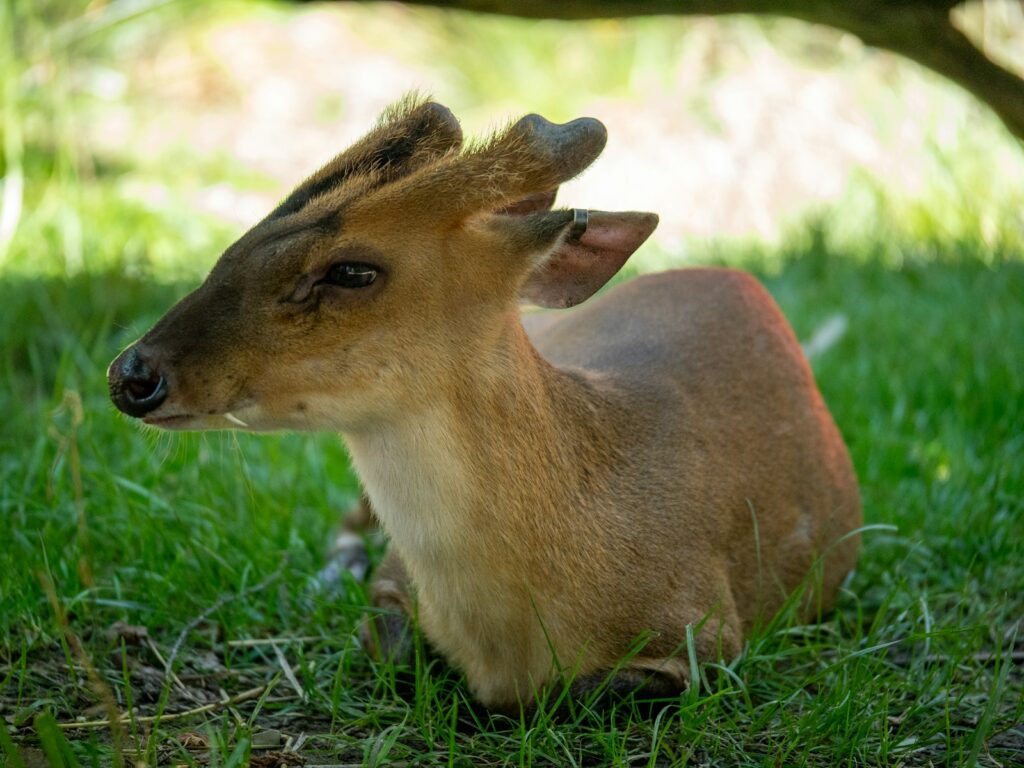
The appeal of mini exotic mammals as pets continues to grow as people seek unique animal companions, but these specialized animals come with equally specialized responsibilities. From the spiny hedgehog to the gliding marsupials, each species requires specific knowledge, environmental conditions, nutrition, and veterinary care that far exceeds conventional pet needs. Potential owners must carefully consider the ethical implications of their choices, ensure legal compliance across all relevant jurisdictions, and prepare for long-term commitment to these animals’ welfare. The most successful exotic pet owners approach these relationships not as casual acquisitions but as serious educational and conservation commitments, prioritizing the animals’ natural needs over novelty appeal. For those willing to invest the necessary resources, research, and dedication, these remarkable small mammals can provide fascinating insights into the diversity of the animal kingdom—but they are never an endeavor to be undertaken lightly.

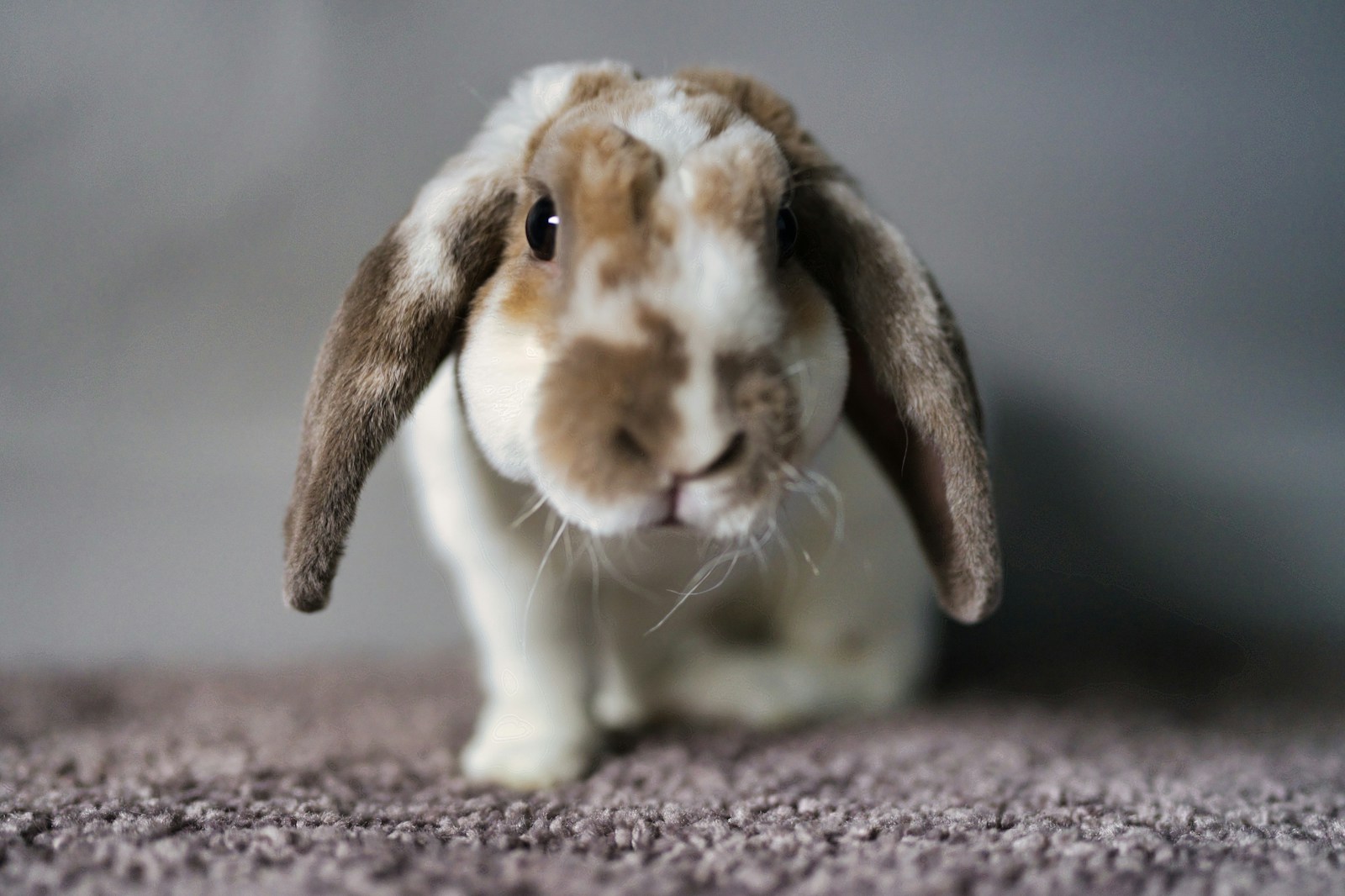
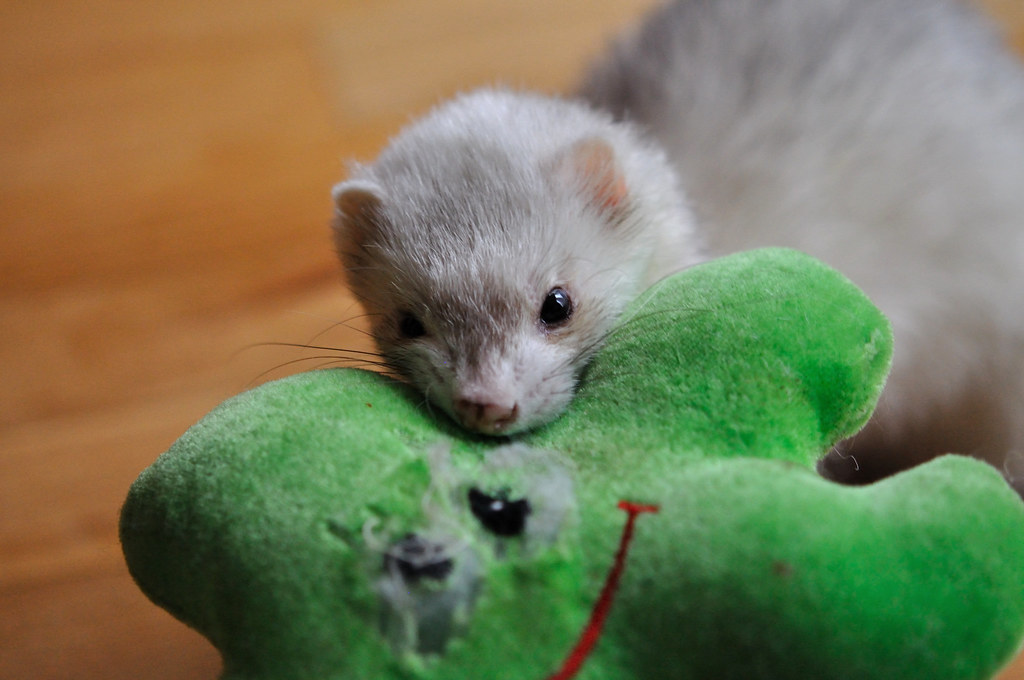
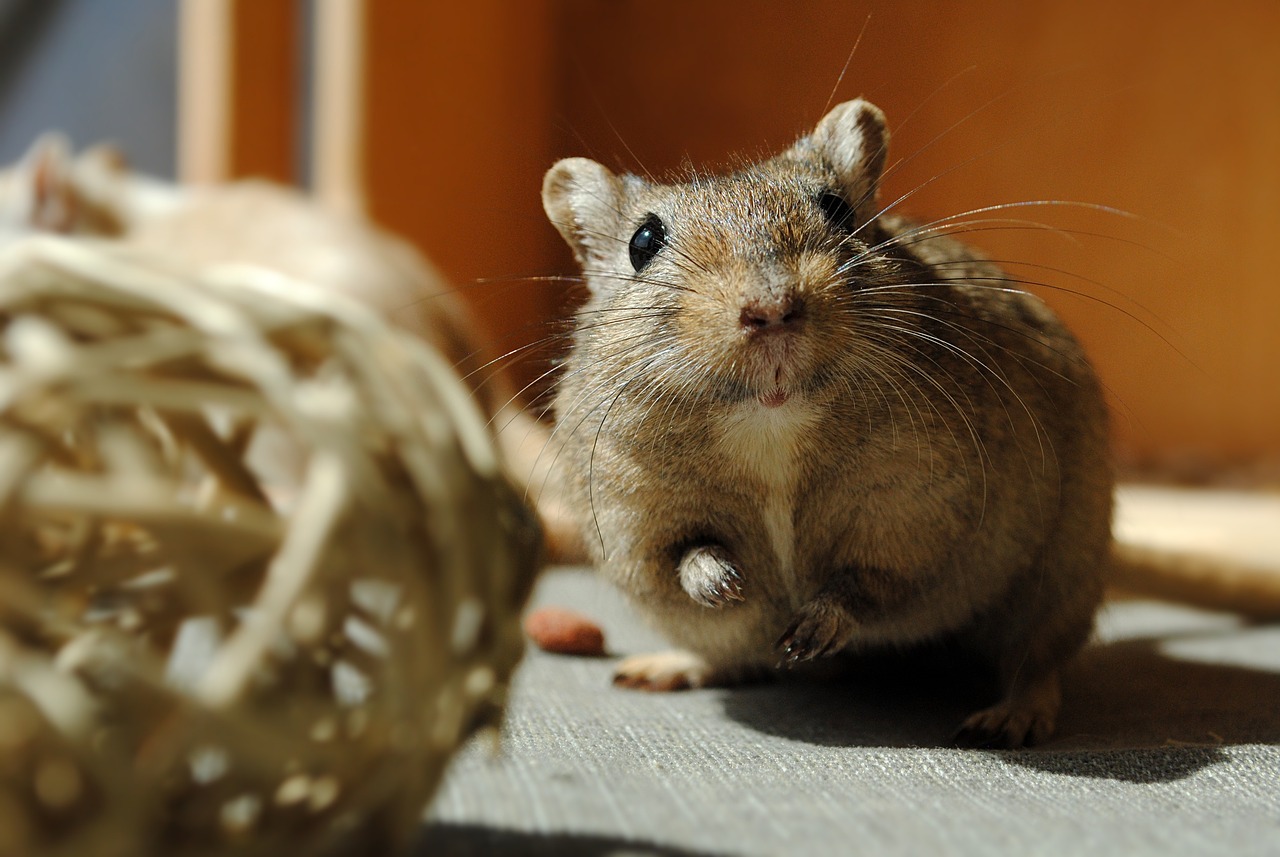

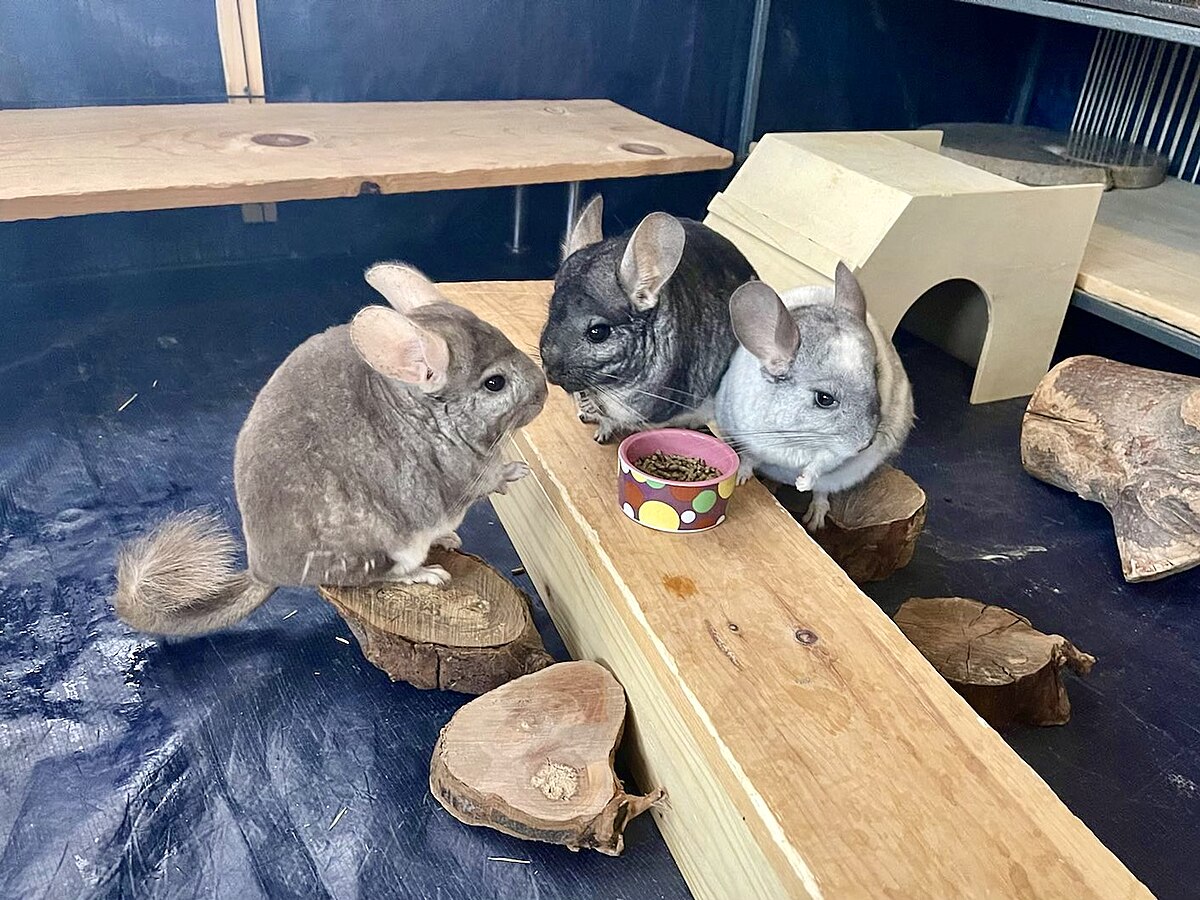
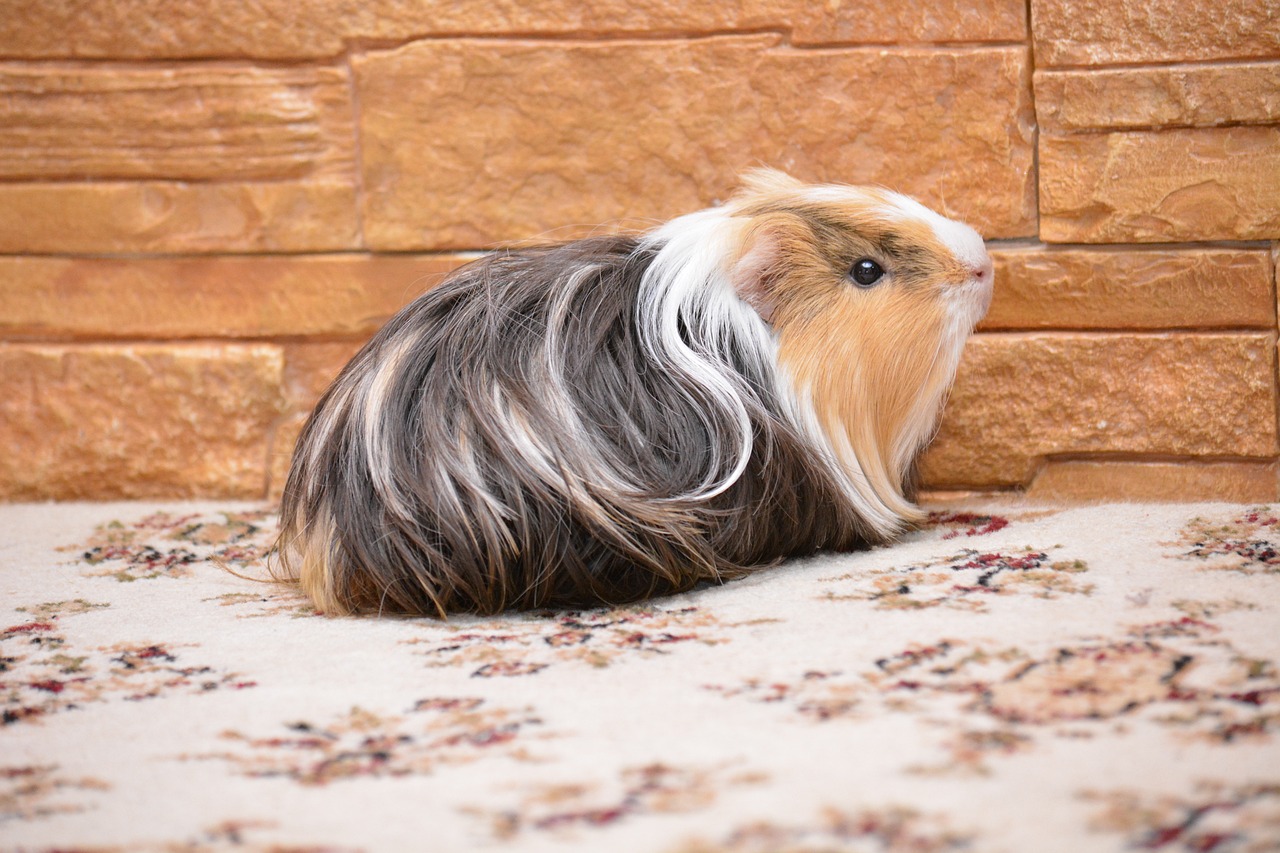
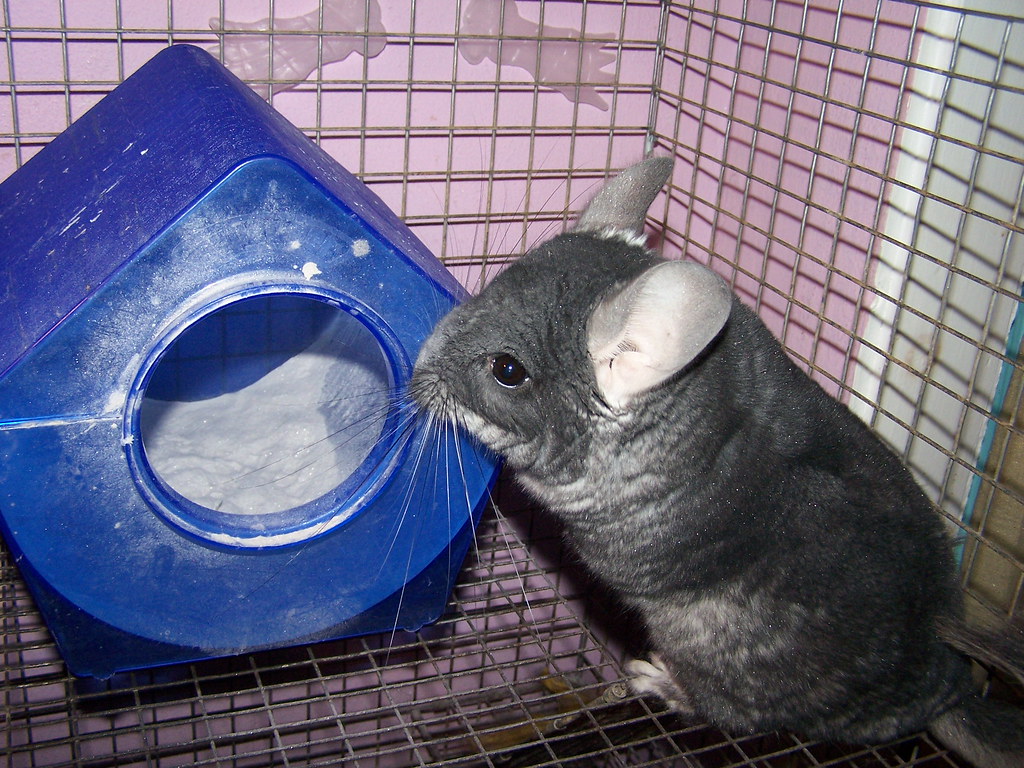

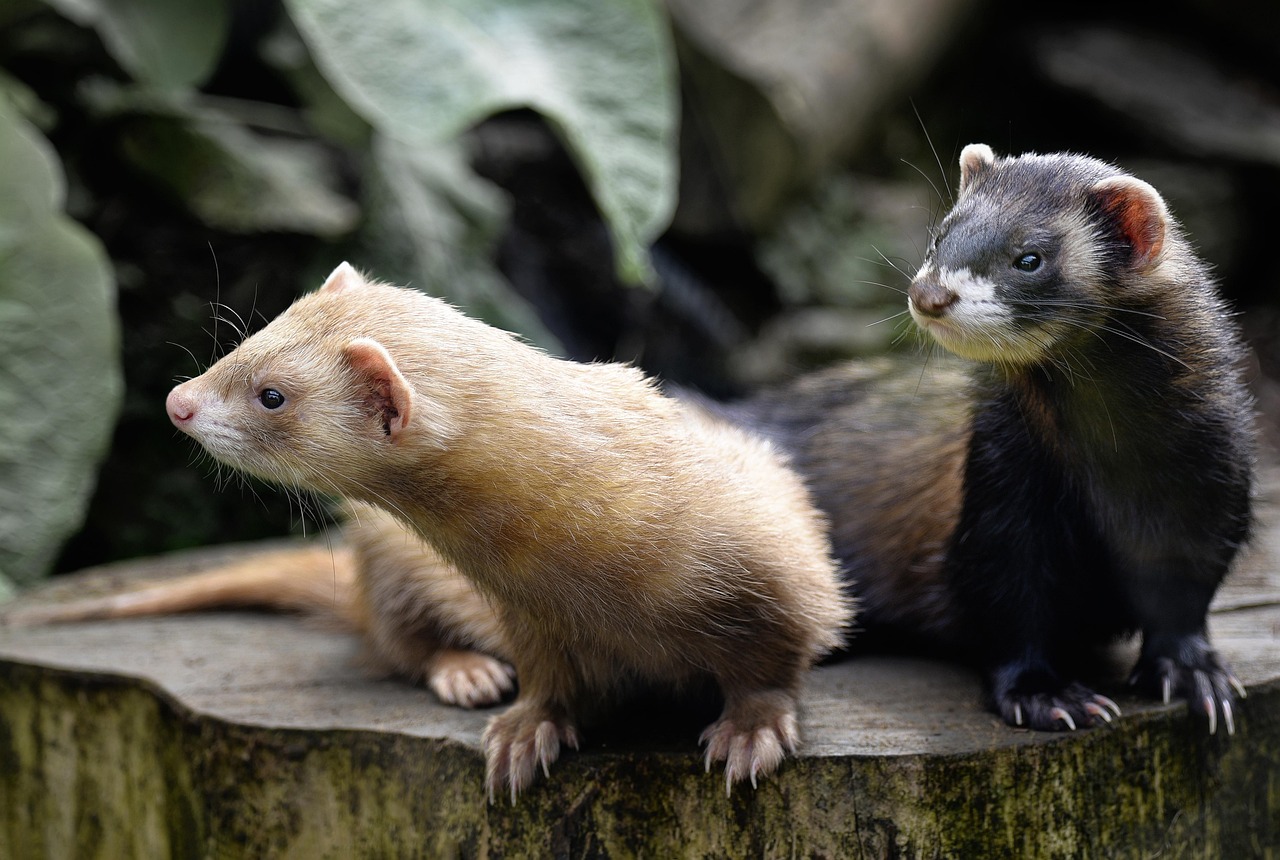
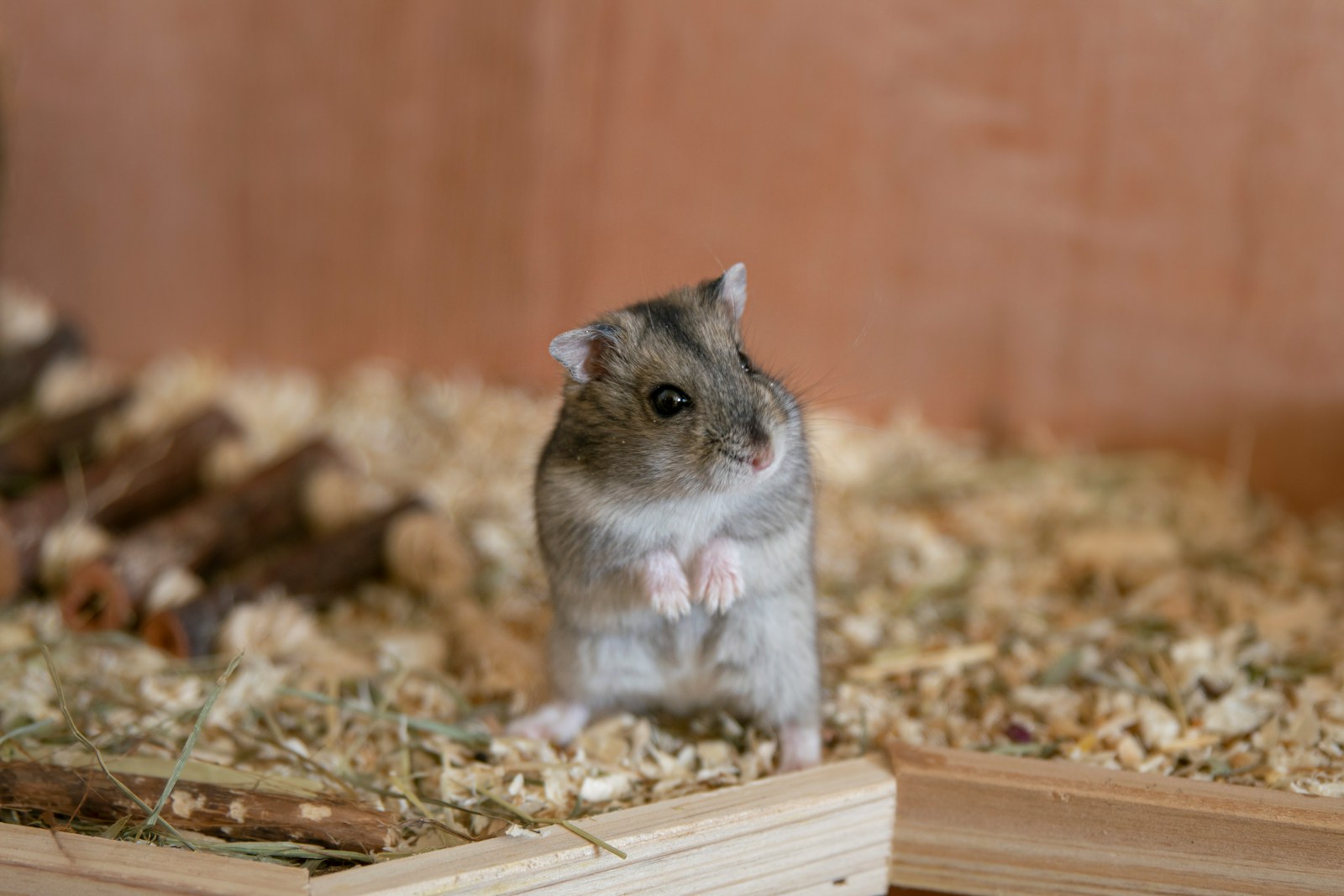
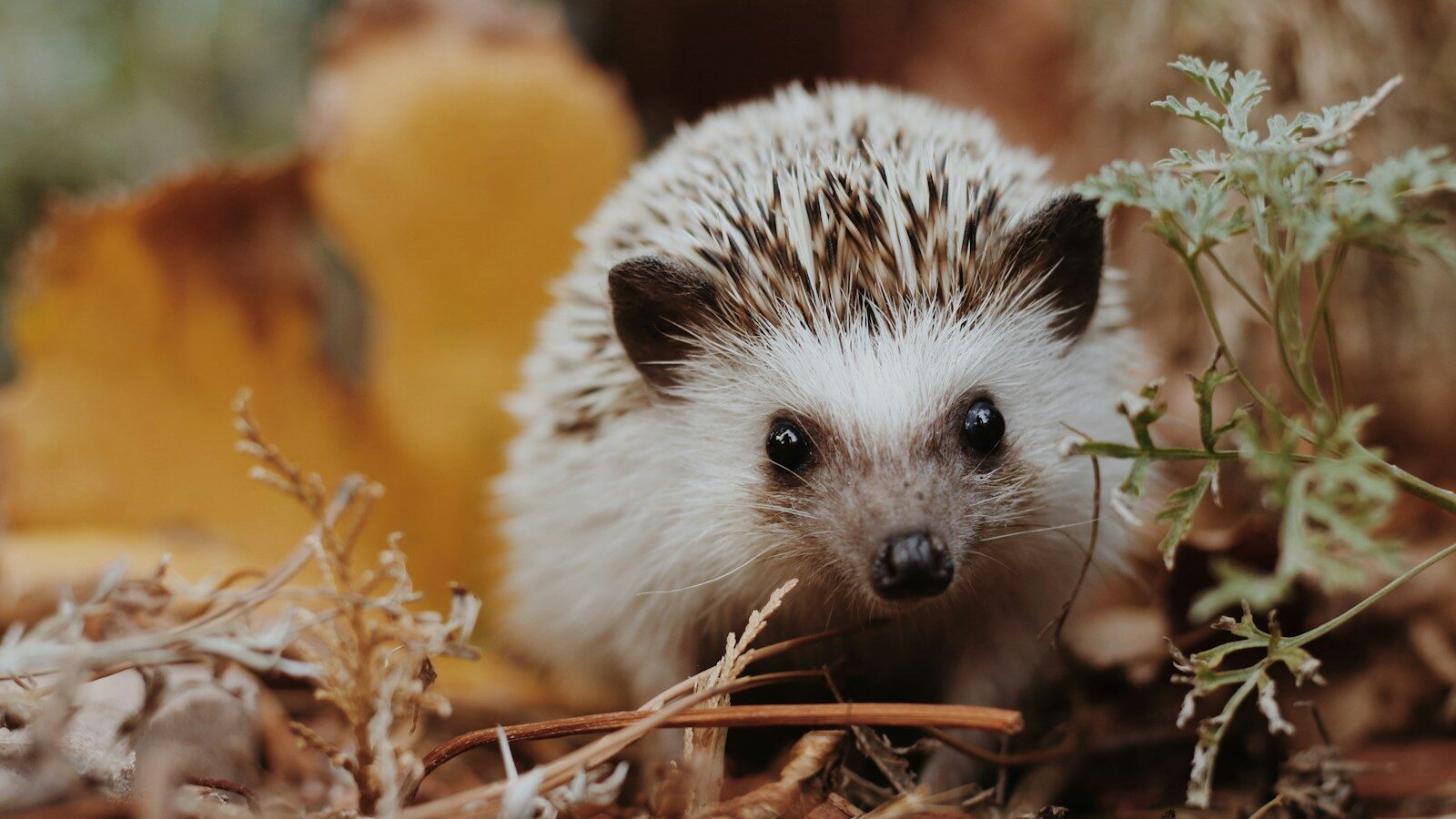




Leave a Reply